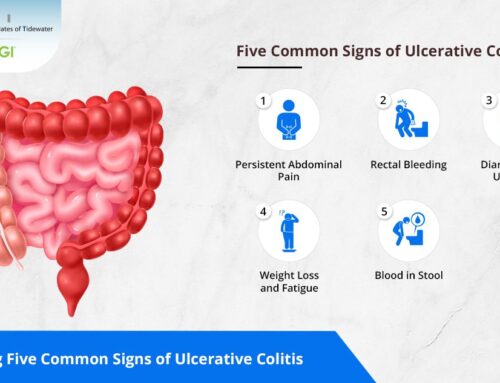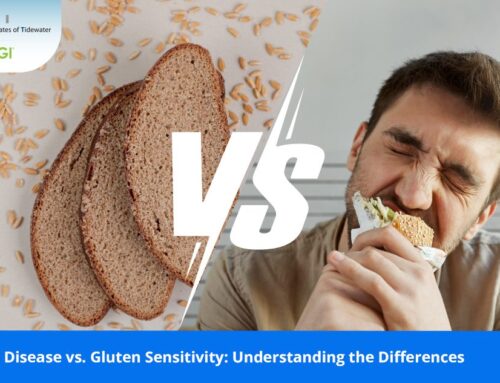Colorectal cancer starts in the colon or rectum. Rectal and colon cancers are grouped because they share many similarities. Colorectal cancer starts in the colon or rectum. These cancers can also be called colon cancer and rectal cancer depending on where they are found. The digestive system, also called the gastrointestinal system, consists of the colon and rectum. The colon is also known as the large intestine.
Our gastroenterologists at GATGI are board-certified and have extensive training in treating diseases in the digestive system.
The colon is about five feet long and has a lining that produces mucus, which traps bacteria and other substances as food moves through it. The large intestine or colon processes waste and is a long muscular tube. It also connects the small intestine to the rectum. The colon absorbs water from the waste created in the small intestine to make stools solid. After going through the colon, the remaining waste matter goes into the rectum, which is about the last six inches of the digestive system. The rectum stores the stool or feces before it is passed through the anus. The sphincter, ring-shaped muscles around the anus, keeps the stool from coming out until they are relaxed during a bowel movement.
There are four parts to the colon and refer to which way food travels through each of them.
- Ascending colon: It’s the first section of the colon. A pouch called the cecum collects undigested food from the small intestine. From the small intestine, it goes upward on the right side of the abdomen or belly.
- Transverse colon: The second section of the colon and goes from the right to the left side of the body.
- Descending colon: The third part of the colon travels down the left side of the body.
- Sigmoid colon: This section gets its name because of its “S” shape. It is connected to the rectum which is connected to the anus.
How does colon cancer develop?
Colorectal cancer develops when colon cells change or mutate in their DNA. Mutated colon cells continue to grow to form a growth called a polyp. These polyps can be found in the inner lining of the colon or rectum. Some polyps can gradually develop into cancer over a long period of time — usually many years. However, not all polyps become cancer. The type of polyp depends on whether or not it will become cancerous.
- Hyperplastic and inflammatory polyps – These are generally not pre-cancerous and are more common polyps.
- Adenomatous polyps or adenomas – these polyps can sometimes develop into cancer. When found they are called a “pre-cancerous condition.”
- Sessile serrated polyps (SSP) and traditional serrated adenomas (TSA) – These polyps have a right risk of colorectal cancer and are treated like adenomas.
If polyps are not removed during colon screenings, they will continue to grow in the colon wall and rectum and turn into cancer. In the early stages of colon cancer, most people do not experience symptoms. When symptoms do develop, cancer has usually advanced and treatment options are limited.
The physicians at GATGI are highly skilled at performing colonoscopies, which detect and remove these polyps during the screening. All our physicians are board-certified and have expertise in conducting colonoscopies.
By getting a colon screening or colonoscopy by age 45, you increase your chances of finding polyps before they become cancerous. After the first colonoscopy, it’s recommended to get one every 10 years depending on the results of the last screening and health history. The gastroenterologists at GATGI can consult with you as to when is the best time and frequency to get your screening.
To schedule a colon screening appointment with one of GATGI’s gastroenterologists, visit our Open Access page here. Eligible patients may be screened over the phone before the colonoscopy. For more information, call (757) 547-0798.
Schedule your colonoscopy today. Do it for yourself and the ones you love.





